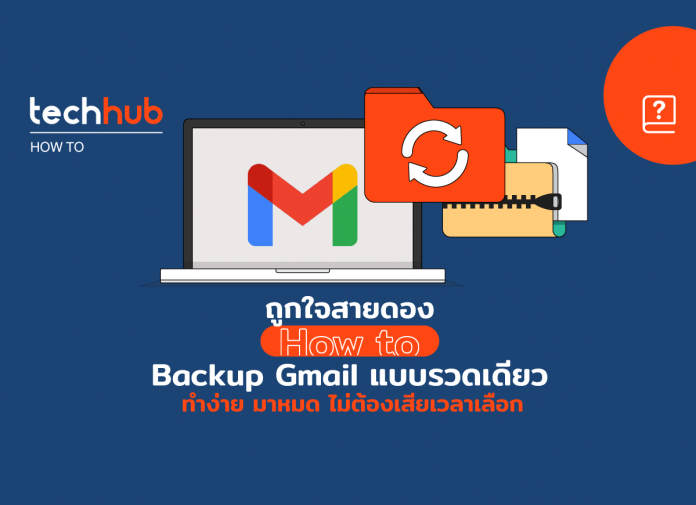

Trash folder: When an email gets deleted from your inbox, it goes to the Trash folder.There are also primary safety nets you can rely on: While individual Gmail users can copy their content to another Gmail account, Google Workspace admins can export all users’ email data with Google’s Data Export tool from the Google Admin console. Google has native capabilities to help you manually back up your data. If you need to constantly restore your Gmail content and data-emails, attachments, or contacts-having regular backups will help keep things in order. Every email in Gmail only has one copy, and so once a copy has been deleted from one place, it is deleted from Gmail entirely, including all conversations, replies, and attachments linked to it. Regular Backupsĭata loss comes in many forms: accidental and intentional user deletions, service downtimes, malware attacks, and so on.
#BACKUP GMAIL TO ANOTHER ACCOUNT HOW TO#
To avoid the risks and complications of losing your data, here are three key considerations to think about when deciding if you should back up your your Gmail data and, if so, how to go about it: 1. These limitations are part of the reason why Google encourages leveraging Gmail backup and restore tools like Cloud Backup for Google Workspace to help support users’ data security.
#BACKUP GMAIL TO ANOTHER ACCOUNT UPGRADE#
Not only will this impact the email you send and receive, but it also presents a high risk of all your Gmail data being deleted if you don’t clean up or upgrade your storage in two years. This poses a problem regarding how you’re going to handle your data beyond what Google storage can accommodate. While it used to be mainly for Gmail data and Google Drive content, Google recently announced that even high-resolution photos and other Google Photos content, Docs, Sheets, Slides, Drawings, Forms, and Jamboard will now also count towards your storage data. This storage is then used for all data in all apps across the Google Workspace suite. Because it’s integrated with the other platforms in the suite, we must look at it not only as one tool which contains its own data but as a platform with content connected with various other apps.Īs part of its storage policy, Google adds 2TB to an organization’s pooled Google Workspace storage for each user account in your domain. Gmail is an email service that’s part of a larger business suite called Google Workspace. But when it comes to account-level backup support, you’re going to have to be a bit more thoughtful about your Gmail backup and recovery strategy. Google has exceptional server backups that often prevent phishing, malware, and spam from entering your mailbox and exposing you to risks. As one of the growing email services used by business enterprises, educational institutions, and individual users, there’s a pressing need to ensure that Gmail backup is part of your data protection strategy.


 0 kommentar(er)
0 kommentar(er)
